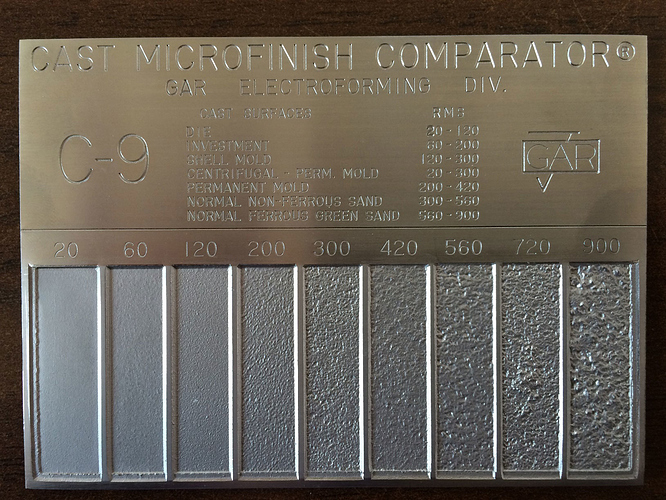thanks for clarification Secrop.
i wonder whats the scaling from the roughness is?i mean yes ,its a mix between glossy and roughness.but if you want to reproduce a realworld material,we use our good old fresnel over the diffuse.and its nothing wrong with it.but how rough is a material, is the question all the time.and this it not easy if we thing in three trems (displacement for shape,bump for bumpyness,and roughness for microroughness/glossyness)
sure you can set the roughness to 0.2-0.3 and you have a nice plastic rubber ,but this is only the glossy/roughness for the reflection.
the overall bumpiness and displacement ,what gives the material the “real” roughness to the 3d surface, are most of the time not in focus if someone talk about roughness.
in industrie for automotive for example,there are roughness value charts,which are pretend to have all the same optical or mechanical forms.for example car plastics interior or even the metal at the engine and chassis parts all have production eveness to have the same productionquality.
here a industry roughness value chart for optical comparsion.if a value chart for common materials are outthere…it could translated from microroughness to bump to displacement.because the values from the tools are fix Ra values,which can easy calculated.
autodesk allready knows the importance
http://www.vdi3400.com/
here a link to VDI
and a interesting link about gloss
http://citeseerx.ist.psu.edu/viewdoc/download?doi=10.1.1.105.5287&rep=rep1&type=pdf

